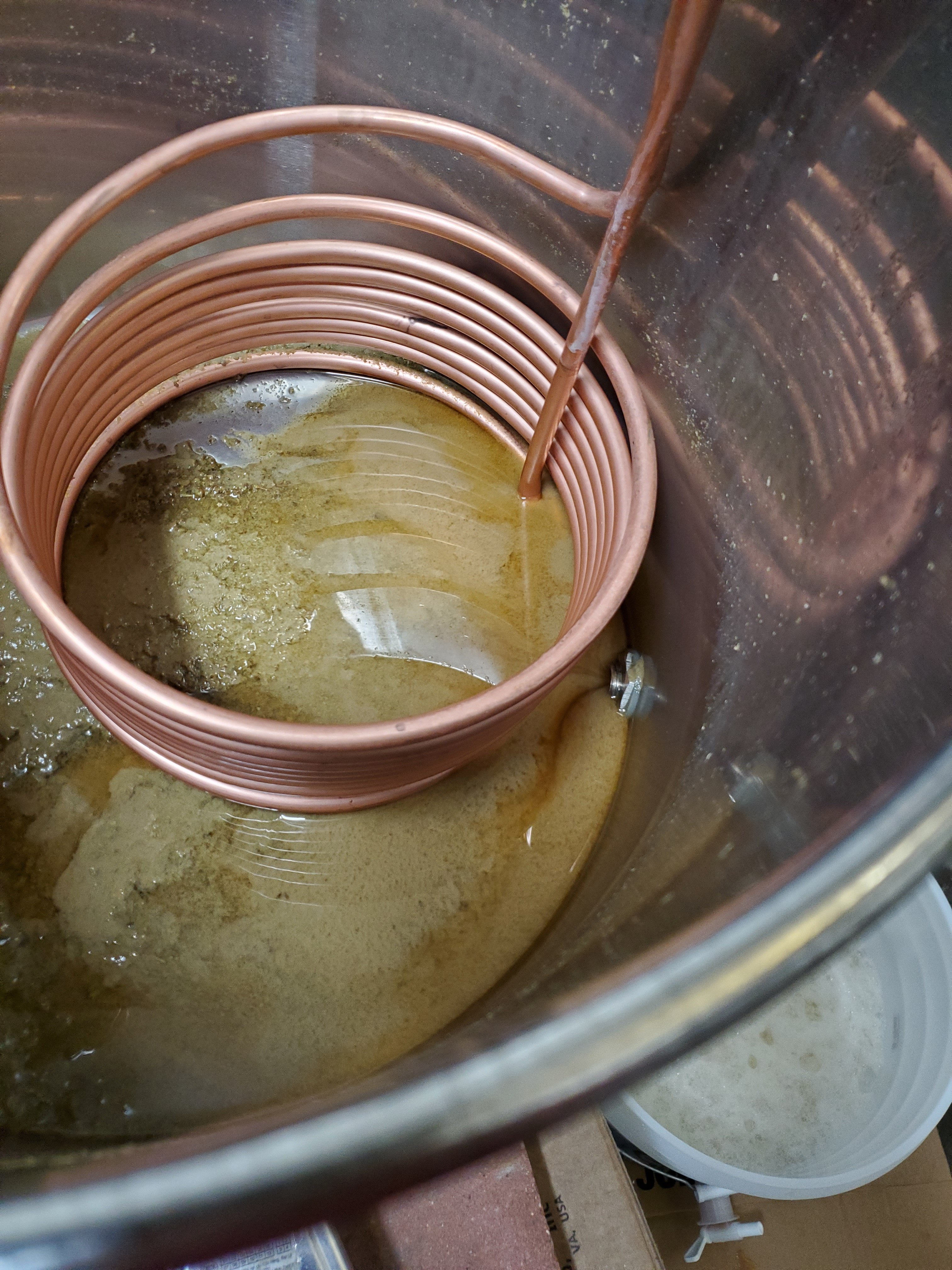brewfreaky
Well-Known Member
- Joined
- Jan 10, 2022
- Messages
- 46
- Reaction score
- 33
Back at it. Had an extra kit from the incorrect order they sent me so I purchased the wyeast 1768 English special bitter. I brought it out to room temp for 3 days. It took awhile to bloat up. Had to shake it every once and awhile. It now looks like a balloon. I put it back into the fridge after day 3. Brought it out this AM. No longer than 5 days from activation.
Started the boil. Now when your hops get caked on the side from boiling, is that too heavy of a boil? Just an inch or two above the liquid. I'm not going crazy full power, enough to bubble in the middle. Sometimes it will cake to the side. When I see it, I slosh the wort with the spoon to mix it back in. Right thing to do or just leave it?
I will be using a bucket of cold water and a submersible pump and run it through thr chiller. Do you need to star san the chiller or just have it clean? I did the last batch but since it's hot, it should be okay, or no?
Also turned up the boil a tad. This looks better, as long as not much is sticking?
Started the boil. Now when your hops get caked on the side from boiling, is that too heavy of a boil? Just an inch or two above the liquid. I'm not going crazy full power, enough to bubble in the middle. Sometimes it will cake to the side. When I see it, I slosh the wort with the spoon to mix it back in. Right thing to do or just leave it?
I will be using a bucket of cold water and a submersible pump and run it through thr chiller. Do you need to star san the chiller or just have it clean? I did the last batch but since it's hot, it should be okay, or no?
Also turned up the boil a tad. This looks better, as long as not much is sticking?
Last edited:


